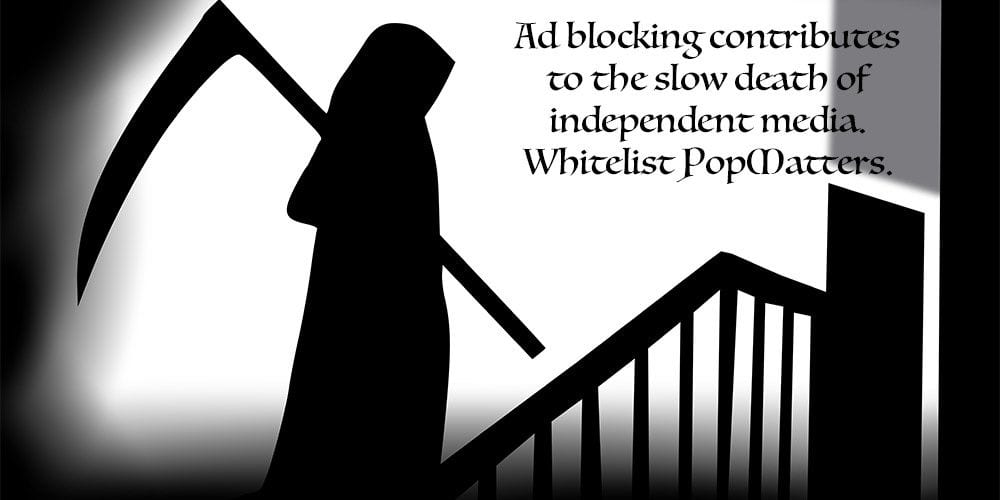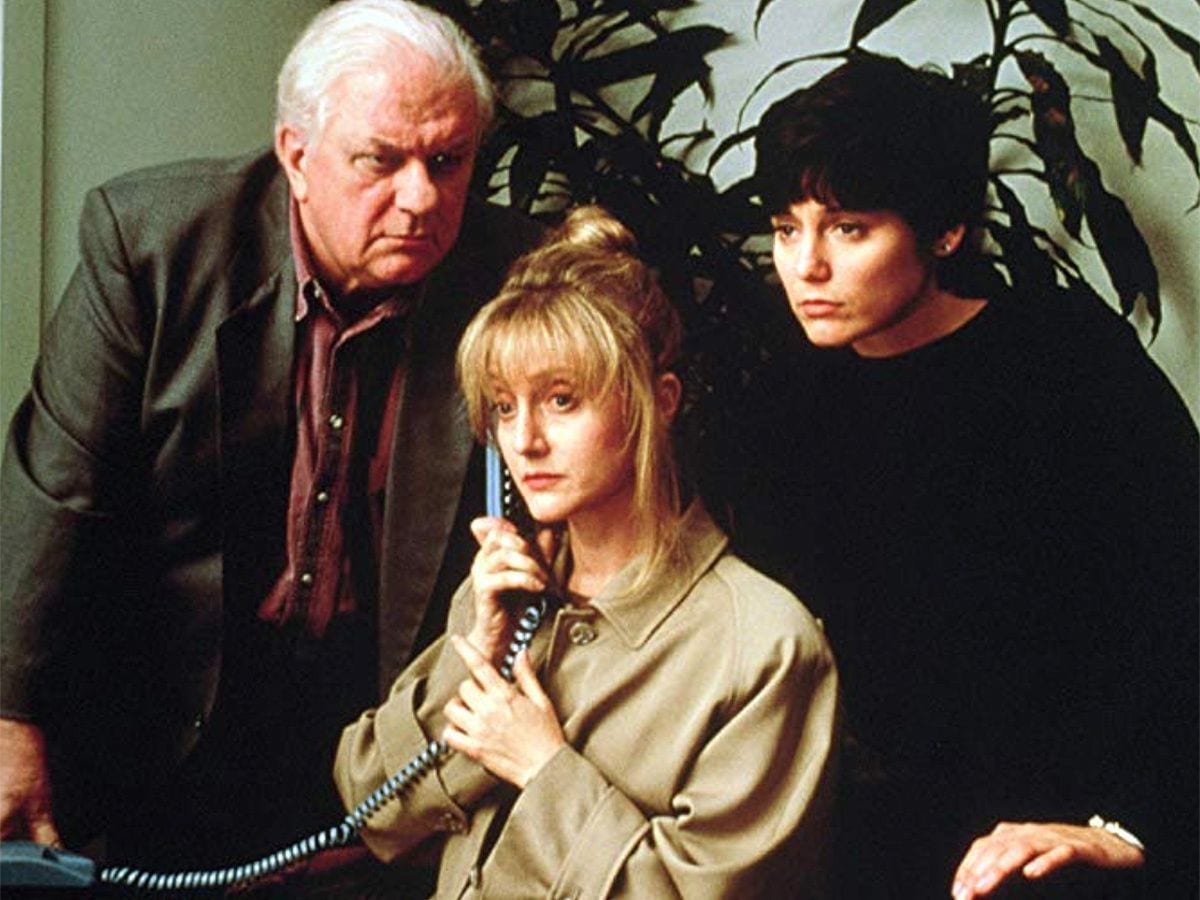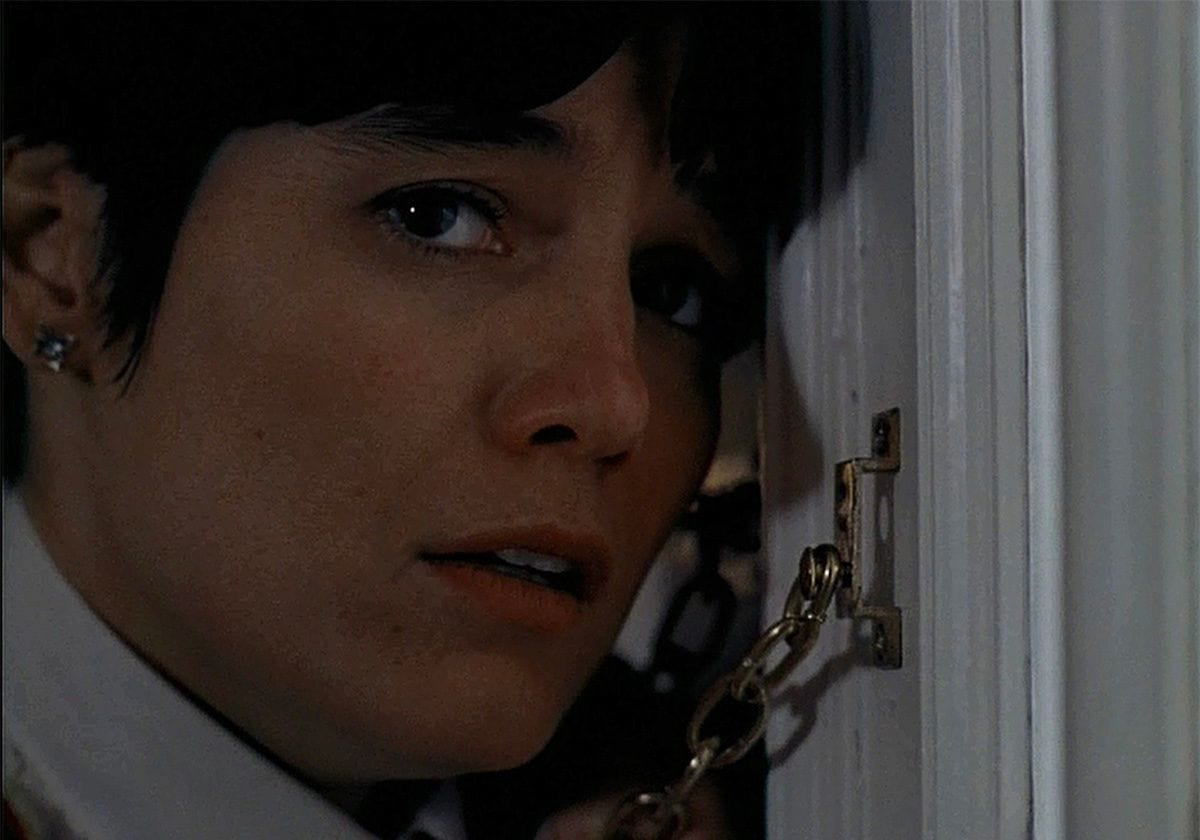
Did you ever hear the story about the babysitter who kept getting threatening phone calls from a mysterious caller asking if she “checked the children”? You know, the one where it turns out that the calls were coming from INSIDE THE HOUSE? It’s an urban legend known as “The Babysitter and the Man Upstairs”, which can be traced back as far as the 1960s. Fred Walton’s 1979 film, When a Stranger Calls, was largely responsible for its notoriety. Bob Clark’s proto-slasher 1974 film, Black Christmas, used the idea first, but Walton’s film was the one that stuck in popular culture.
Of course, the story isn’t exactly as bone-chilling these days. I once tried it out on my eight-year-old daughter and she said that it was not at all surprising because it was obvious that the killer was using a cell phone. So much for my attempt at a scary bedtime story.
Indeed, the cellphone is a killjoy to the classic horror story. Which is why you see all those boring scenes in horror movies these days where the writer has to convincingly rule out the cellphone in the first half-hour of the movie so the victims can be more isolated. Lost signals and dead batteries appear so often you wonder why anyone would trust that their phones would ever work at all. Some films simply set the story in a pre-cellphone era to avoid the problem altogether.
Death/Nosferatu from OpenClipArt (Pixabay License / Pixabay)
This was less a problem in 1993 when the Showtime network offered Walton the chance to finally make a sequel. Cellphones had yet to become commonplace at the time When a Stranger Calls Back aired, so the same old gimmick could have been used again. But what Walton came up with instead was very clever. When a Stranger Calls Back plays on the same idea of not knowing whether the killer is inside or outside of the house, but forgoes the use of technology. Walton seems aware that his new plot device might be a bit unbelievable, so he wisely places the focus of his film on the characters who are as well-drawn and convincing as they were in the original. Both Carol Kane and the late, great Charles Durning return in the same roles and their characters and relationship have been expanded and deepened.
Set 15 years after the events of the original film, Jill Johnson (Carol Kane) is now a college crisis counselor who is trying to help freshman Julia Jenz (Jill Schoelen) deal with what the police believe is an imaginary stalker. Jill doesn’t have any trouble believing Julia. She sees what Julia experienced several years earlier while babysitting to be very similar to what she experienced. Julia feels tremendous guilt for her failure to protect the two children she was watching, and thinks that the same killer has returned now to play mind games with her.
Moving things around in her dorm room and leaving a child’s shirt hanging in her closet. Jill calls her old friend retired detective John Clifford (Charles Durning) for help with the case but he is initially skeptical. After a terrifying attack, it soon becomes obvious that not only is Julia a target, Jill is as well. Clifford begins to hunt the killer down to stop him before he kills again.
Charles Durning as John Clifford, Carol Kane as Jill Johnson, and Jill Schoelen as Julia Jenz (IMDB)
Both the 1979 film and the sequel are structurally the same. Each one opens with what could be a standalone short film or an episode of Alfred Hitchcock Presents. This makes sense when you learn that it was only made because of the success of Walton’s short film, “The Sitter”. While the first 15-20 minutes of the 1979 version is what most people remember, two more acts followed, which expanded the story into a feature film. Walton does the same thing in the sequel but he improves the original film’s meandering middle act and increases the overall tension.
Alfred Hitchcock once said that the difference between the 1934 and 1956 versions of The Man Who Knew Too Much was that the original was made by a talented amateur and the remake was the work of a professional. This can be said of When a Stranger Calls Back as well.
Although he is not a brand name like John Carpenter or Brian DePalma, Fred Walton is a master of the suspense film in his own right. His work is more subtle than those filmmakers and more economical in terms of storytelling. Even though it does not have the flashy gimmick of the original film, When a Stranger Calls Back is better on almost every level and the opening sequence is one of the best pieces of sustained suspense filmmaking I’ve ever seen. Indeed, the storytelling craft is so good it’s almost invisible, so it’s worth analyzing this sequence a little more in detail to understand it better.
Walton establishes a simple situation right at the start by showing Julia arriving at a suburban home at night for a routine babysitting job. Little time or exposition is needed to establish the characters and the bare bones of narrative. Walton slows everything down to “real-time” and forces the audience to pay attention to all of the minute details. Not a single shot or line of dialogue is wasted here and it’s not just the careful choices of the shots. It’s how long he holds onto the shots themselves.
These are mostly insert shots of objects. The door chain that dangles, the presence of Julia’s notebook, and the image of the magnetic letters on the refrigerator. We observe the tea kettle on the stove as the water starts to boil. We see the shadows of the bushes outside a window, blowing back and forth in the autumn wind ,and hear the subtle brushing of their leaves against the windowsill. It’s eerily quiet and all slightly dreamlike. Not in some crazy nightmare way, but rather in the way dreams can make tiny details feel strangely heightened and disturbing.
Walton makes the layout of the entire house so clear that anyone could find their way around it. This is vital for suspense. The audience needs to know where everything and everyone is in relation to one another. Julia moves through the empty spaces and appears to be completely alone. Until there is a knock at the door and Walton begins to raise the tension; just slightly though. A man with a soft-spoken voice is at the front door. He says his car broke down and he needs to use the phone to call his auto club. Walton wisely holds onto Julia’s point of view. We don’t see the man. We only hear his voice. He must seem completely reasonable at first. Walton understands that suspense can be broken if anything seems absurd or outlandish. The audience needs to completely sympathize with Julia. If her actions are illogical or simply dumb, the audience will be pulled out of the situation.
Jill Schoelen as Julia Jenz (IMDB)
This is where casting is as important as the writing. Jill Schoelen is certainly a good actor but it’s her very peculiar quality onscreen that is even more important. She somehow exudes both vulnerability and strength at the same time. Faced with her uncomfortable situation, she makes the smart decision to not let the stranger into the house but offers to call the auto club for him instead. She writes the number down in her notebook and goes to make the call while the man waits.
Walton increases the tension. The phone is dead. What to do now? Julia doesn’t want to tell this stranger that the phone is dead so she simply says that help is on the way. The man leaves and Julia breathes a sigh of relief along with the audience. But Walton uses the dip in tension to begin building a new line of attack. The man soon returns and accuses her of not calling the auto club. She says she will try again and then notices something very disturbing: the phone number that she wrote down in her notebook is now gone. The page has been torn out.
Walton draws all of this out minute by excruciating minute. Most films would try to get this over in about five minutes but that would not allow the suspense to build the way it does in this film. Slowly we realize that something is not quite right and the familiar spaces in the house become more threatening.
Following its premiere on Showtime, When a Stranger Calls Back was released to VHS by Universal Home Video. It was lost among the hundreds of direct-to-video titles which crowded the shelves of content-hungry video stores back in the ’90s. It was then picked up by the budget releasing company Goodtimes Home Video for DVD. Both the VHS and the DVD were mediocre at best. The new Blu-ray from Scream Factory finally treats the film with the respect it deserves. Since it was released in the days of analog TV, it’s safe to say that the film has never looked or sounded better. It’s available here in a brand new 2K scan from the original film elements in two aspect ratios. You can watch it the way it was originally broadcast in a 1.33:1 square or an alternate 1.78:1 cinematic ratio.
Since this film was pretty much forgotten about over the years, I was surprised to hear it was getting a Blu-Ray release at all and amazed to find out about all of the extras included. Along with the original TV trailer, there are three new interviews with director Walton, Carol Kane, and Jill Schoelen as well as Walton’s original short film “The Sitter” from 1977. As a low budget independently financed production, “The Sitter” looks much less polished, of course, but not at all cheap. It seems that the fine Belgian cinematographer Willy Kurant, who worked with both Jean-Luc Godard and Orson Welles had just arrived in Hollywood and was looking for work. His 35mm photography of “The Sitter” still looks good today. Especially for a film shot in three days.
When a Stranger Calls Back is a minor gem that’s worth another look. If you are a film student and looking to learn the craft of suspense filmmaking, it would be worth your while to study the opening sequence to understand how important timing and shot selection are to the process.
- When a Stranger Calls (1979) - IMDb
- When A Stranger Calls Back (1993) - Official Trailer - YouTube
- When a Stranger Calls Back: Carol Kane, Charles ... - Amazon.com
- When a Stranger Calls Back - Wikipedia
- When a Stranger Calls Back (TV Movie 1993) - IMDb
- When a Stranger Calls (1979 film) - Wikipedia
- Directing A Stranger with Fred Walton - YouTube
- Fred Walton - IMDb




